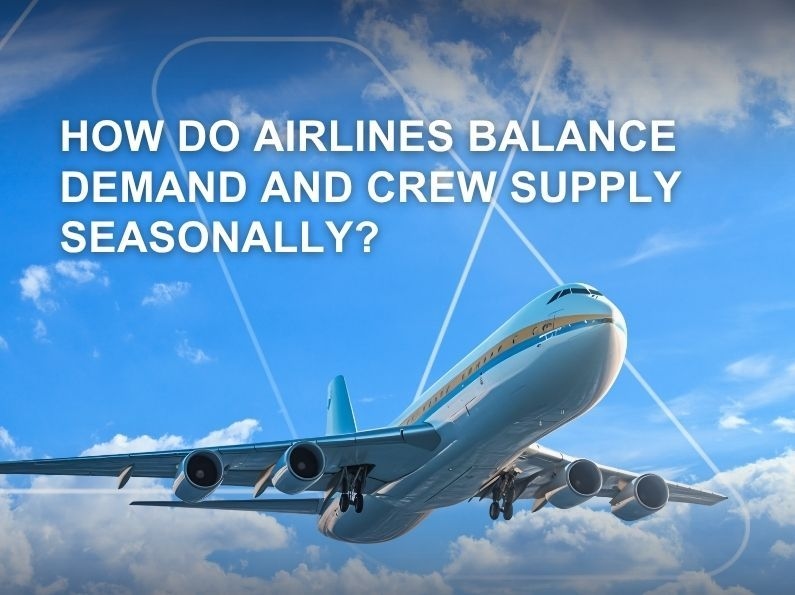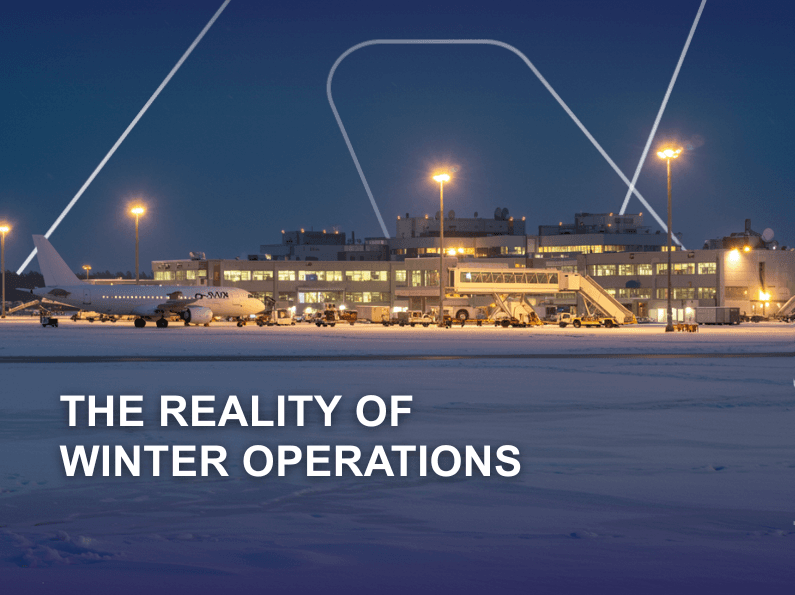How do Airlines Balance Demand and Crew Supply Seasonally?

After years of unpredictable schedules and cautious growth, seasonal operations are back in full force. As passenger demand surges in key summer and winter travel windows, airlines across Europe and beyond are once again relying on flexible staffing models, ACMI partnerships, and rapid mobilisation to meet the market.
At MHC Aviation, we’ve seen first-hand how this return to cyclical, high-intensity operations is reshaping workforce planning, and how airlines are adapting to ensure smooth performance from take-off to touchdown.
📈 Demand Is Back But Not Evenly Distributed
The travel boom of 2025 continues to highlight a long-standing challenge in aviation: demand doesn’t flow evenly throughout the year.
While summer in Europe and holiday peaks in the Middle East and Asia push airlines to operate at maximum capacity, quieter months require leaner, more cost-efficient crew and aircraft utilisation.
For many carriers, the answer lies in strategic scaling, maintaining operational readiness year-round while expanding temporarily during peak seasons. This balancing act is where crew management becomes mission-critical.
👩✈️ The Staffing Challenge: Flexibility Meets Compliance
Seasonal operations bring opportunity and complexity. Airlines must staff up quickly, often across multiple bases and jurisdictions, while maintaining compliance with local employment laws and EASA/CAA regulations.
That’s where flexible aviation staffing comes into play. Solutions such as short-term contracts, freelance crew pools, and ACMI operations allow airlines to adjust capacity without the long-term financial commitments of traditional employment models.
However, flexibility must never come at the cost of crew welfare or compliance. Managing fatigue, ensuring fair rotations, and maintaining up-to-date training records all require coordination between HR, scheduling, and operational teams, a task best handled with dedicated aviation HR expertise.
🌍 How Airlines Are Adapting in 2025
Leading carriers are implementing smarter strategies to stay ahead of demand fluctuations:
- ACMI Partnerships: Leasing operators provide capacity relief during peak periods, supported by skilled contract crew.
- Regional Crew Pools: Airlines are maintaining standby rosters across Europe, the Middle East, and Asia to enable quick deployment.
- Digital Crew Planning: Enhanced data insights are helping HR teams forecast staffing needs months in advance.
- Crew Mobility Support: Simplifying visa, accommodation, and payroll arrangements ensures smoother onboarding for seasonal hires.
These practices, once seen as short-term fixes, have now become core operational strategies for modern airlines.
🤝 MHC Aviation’s Role in Seasonal Readiness
At MHC Aviation, we specialise in supporting airlines through these demanding operational cycles. From recruitment and onboarding to payroll and crew management, our team ensures airlines remain agile and compliant without compromising on safety or service quality.
Whether it’s scaling up a fleet for summer charters, mobilising crew to new bases, or managing complex cross-border contracts, our expertise helps clients stay prepared, supported, and crewed for success.



